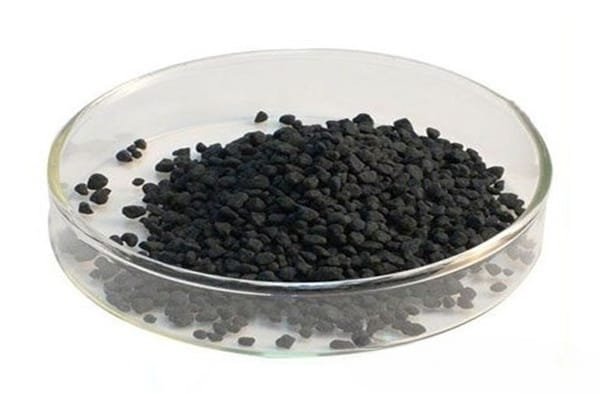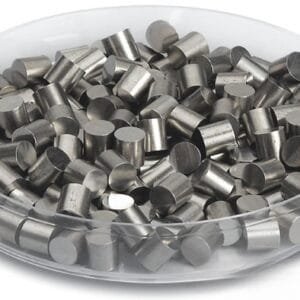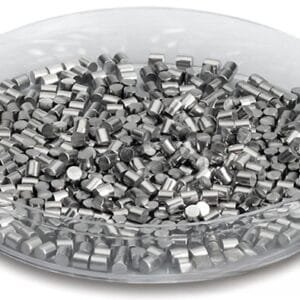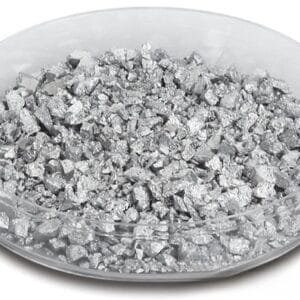Vanadium Carbide Evaporation Materials Overview
Vanadium Carbide evaporation material, identified by the chemical formula VC, is a high-purity carbide ceramic used in deposition processes. At TFM, we provide Vanadium Carbide with exceptional purity levels, reaching up to 99.9995%. Our rigorous quality assurance measures ensure the reliability and performance of our products in various high-tech applications.
Specifications of Vanadium Carbide Evaporation Materials
| Material Type | Vanadium Carbide |
| Symbol | VC |
| Appearance/Color | Black Solid |
| Melting Point | 3,608 °C (6,526 °F; 3,881 K) |
| Density | 5.77 g/cm3 |
| Purity | 99.5% |
| Shape | Powder/ Granule/ Custom-made |
Applications of Vanadium Carbide Evaporation Materials
Vanadium Carbide evaporation materials are essential in a variety of applications:
- Deposition Processes: Utilized in semiconductor deposition, chemical vapor deposition (CVD), and physical vapor deposition (PVD) to create high-quality films.
- Optics and Coatings: Applied in wear protection, decorative coatings, and display technologies for enhanced durability and performance.
Packaging and Handling
Our Vanadium Carbide evaporation materials are meticulously tagged and labeled to ensure accurate identification and quality control. We prioritize careful packaging to prevent damage during storage and transportation, maintaining the integrity of the material until it reaches its destination.
Contact TFM
TFM is a leading provider of high-purity Vanadium Carbide evaporation materials. We offer a variety of forms including tablets, granules, rods, and wires, with custom shapes and quantities available upon request. In addition to Vanadium Carbide, we supply evaporation sources, boats, filaments, crucibles, heaters, and e-beam crucible liners. For current pricing and additional information on products not listed, please reach out to us with your inquiry.


 MSDS File
MSDS File



Reviews
There are no reviews yet.